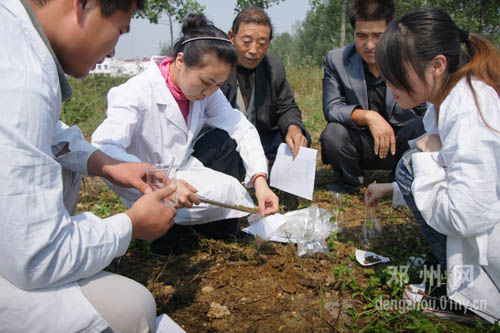Humic substances, such as those listed in the above title, play a vital role in soil fertility and plant nutrition. Plants grown on soils which contain adequate humin, humic adds (HAs), and fulvic adds (FAs) are less subject to stress, are healthier, produce higher yields; and the nutritional quality of harvested foods and feeds are superior. The value of humic substances in soil fertility and plant nutrition relates to the many functions these complex organic compounds perform as a part of the life cycle on earth. The life death cycle involves a recycling of the carbon containing structural components of plants and animals through the soil and air and back into the living plant.
Man became distracted from the importance of organic compound cycling when it was discovered that soluble acidic based N P K “fertilizers” could stimulate plant growth. Large industrial concerns took advantage of the N P K discovery to market industrially processed “fertilizers” from mineral deposit. Continued use of these acidic fertilizers in the absence of adequate humic substances (in the soil) has caused many serious sociological and ecological problems. Man needs to reconsider his approach to fertilization techniques by giving higher priority to soil humus.
The urgency to emphasize the importance of humic substances and their value as fertilizer ingredients has never been more important than it is today. All those concerned about the ability of soils to support plant growth need to assist in educating the public. Humic substances are recognized by most soil scientists and agronomists as the most important component of a healthy fertile soil. To illustrate how humic substances function, the following summary, based on published scientific data, has been prepared as a guide for an educational program. In addition, by understanding how these carbon containing substances function, professionals will have a solid foundation on which to design environmentally acceptable sustainable agriculture programs.

